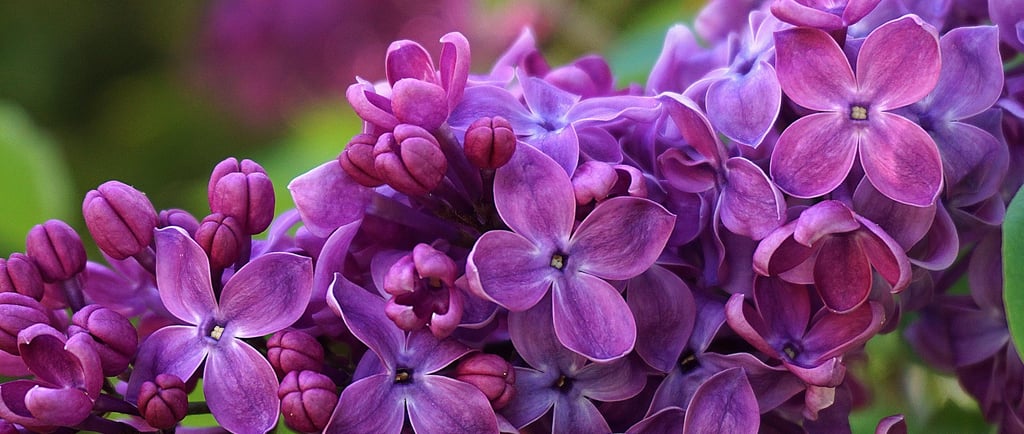🌸 The Perfumed Messengers 💌The Lilac
🌸 A follow-up story that connects directly to Chapter The Flower in the Biology Album. 💐✨ The Lilac invites children to explore the quiet genius of floral structure and purpose through one of spring’s most fragrant blooms. By observing the lilac’s tubular flowers with fused petals children revisit the parts of the flower and their vital role in reproduction—stamens, pistil, nectar, and scent—each adapted to attract just the right pollinators. This story encourages deeper observation: What kind of visitor can reach the hidden pistil? And where are the stamens tucked away? It opens a joyful path for investigating epipetalous stamens, and the lilac’s long history of symbolism, perfume, and medicine. It invites children to wonder: “Who is the lilac calling… and what makes a flower choose one pollinator over another?” 🐝🌸💌
BIOLOGY STORIES
5/4/20252 min read


In May, the lilacs bloom—big, bouncy clusters of purple, lavender, or creamy-white flowers. You might smell them before you even see them. Their perfume travels on the wind like a gentle message. 💌🌸 But what is this flower saying? And who is it meant for?
The name lilac 👏 Li 👏 lac comes from the Persian word līlak, which meant bluish-purple. 💜 Even its name carries the memory of color across continents.
Let’s take a closer look at the lilac. Look at the tiny trumpet-shaped flowers—clustered together like a bouquet of little voices. 📣💜 Each small flower is a complete structure—made of four petals fused into a tube, opening at the top like a star. This shape is called tubular, and it’s just right for certain insects with long tongues.🦋🌼
Inside each tiny flower we can find unexpected surprises. 🌸 Look closely… can you spot the stamens? This is the male part of the flower, tipped with golden dust called pollen! Usually, stamens have a long filament—a stalk-like structure that holds up the pollen. But in the lilac, it’s a little different. Let’s carefully dissect the corolla and peek inside to find them. 👀✂️
In lilac flowers, filaments are fused to the petals the stamens are epipetalous, from the Greek prefix epi- meaning “on,” and petal meaning “leaf.” 🌿✨
What about the pistil—the female part of the flower? It’s tucked deep at the bottom of the tubular corolla. I wonder why it hides there… Could it be waiting for just the right visitor with a long enough tongue to reach the nectar and carry pollen from flower to flower? 🌼🦋
Can a bumblebee snuggle inside? 🐝 Perhaps the lilac’s strong, sweet scent is calling special pollinators—the ones perfectly shaped for this floral puzzle. Only those with the right tools can reach the reward… and in return, they help the flower fulfill its secret mission: to be pollinated and begin new life. 💌🌸🌱
🌸 So this strong scent is calling visitors and helpers. 🐝💌🌸 “Come here, pollinators! There is work to do!” And what a brilliant strategy! Plants can’t walk or shout—but they speak through color, shape, and scent. The lilac might not dazzle with a large corolla like other flowers, but you simply can’t walk by without noticing its unforgettable perfume which sends a powerful message. 🌿
In the past lilacs enchanted poets, healers, and perfumers for centuries. 💜
In Victorian times, lilacs were symbols of love remembered. People planted them near windows and wove them into bridal bouquets as a reminder of first love, or love lost. 💌 In Russian folklore, it was said that holding a sprig of lilac over a newborn’s head would bring wisdom and happiness. 👶✨
In traditional folk medicine, lilac bark, leaves, and flowers were used in teas or tinctures to reduce fever 🌡️ Ease digestive troubles 🍵 Treat internal parasites 🪱 The flowers were also steeped to make calming teas or applied externally for skin soothing and inflammation. 💆♀️🌿
💭 I wonder… What pollinators visit the lilac? What other flowers have tubular corollas or epipetalous stamens?
Now, let's go outside and investigate. To find some lilac, smell it, sketch it and even disect it to find the epipetalous stamens and the hidden pistil. 🔍 We can also collect some lilac and carefully press the flowers between paper and heavy books.📚🌸 Or even find some recipes with lilac.
With Montessori joy,
Vanina 😊

